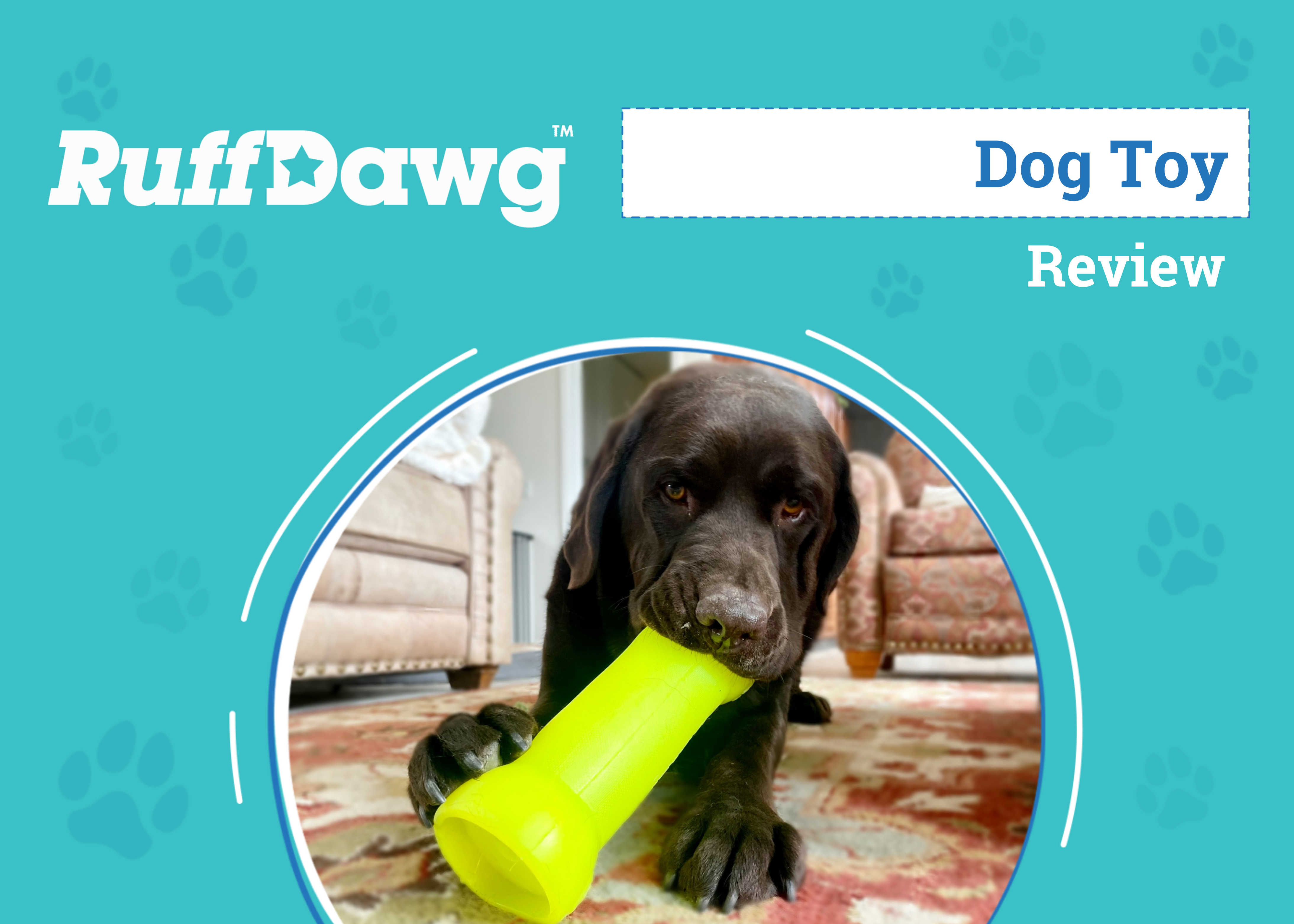Click to Skip Ahead
Retractable dog leashes are popular for their convenience and the extra freedom they offer dogs when out on walks, but dog parents are divided on whether or not using a retractable leash is a good idea.
As with everything, there are various perspectives to consider when it comes to deciding whether or not to use a retractable leash so, in this guide, we’ll explain how retractable leashes work, the potential risks, and how to use them safely.

How Does It Work?
Retractable leash handles contain a spool of material that forms the leash; the material is usually either a thin cord or flat tape. The leash extends to a certain length, and you control the extension and retraction by pressing a button on the handle. The button on the handle also allows you to lock the leash at your desired length.
The leash is attached to your dog’s harness (it’s not a good idea to attach a retractable leash to a standard collar as this could injure your dog’s neck—more on that further down) and is ultimately designed to give dogs more liberty to explore without them being completely set loose. Retractable leashes work well for some dogs but not others.
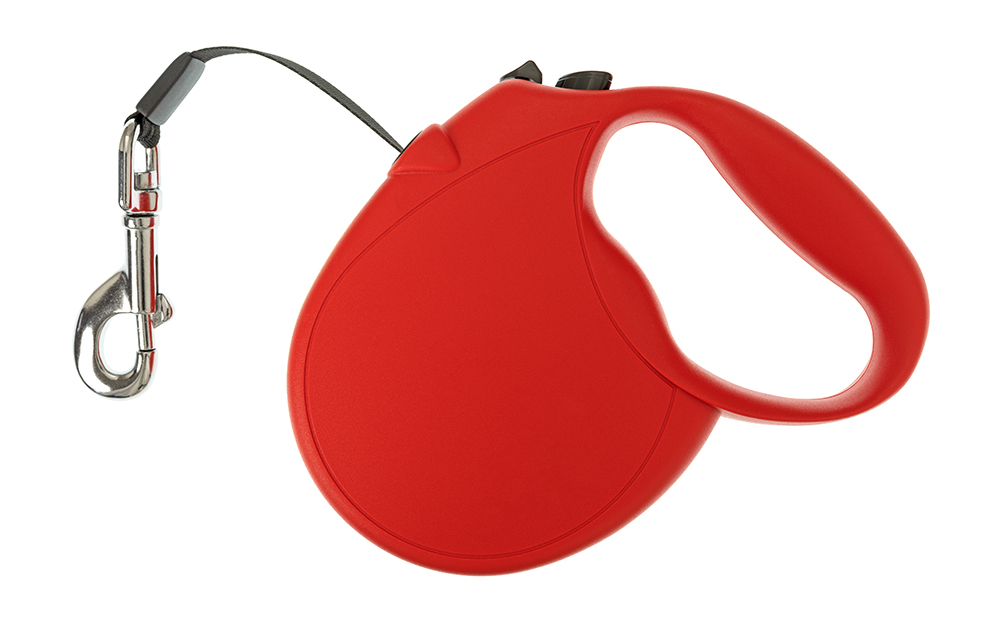
Are There Different Kinds of Retractable Leashes?
There aren’t really any standout aesthetic differences in the kind of retractable leashes available apart from the fact that they vary in color and the length they can extend to, and you can get ones with a handy poop bag dispenser attached. Some leashes are fluorescent, which can be useful if you walk your dog at night.
However, there are some practical differences you might want to consider. For one thing, different leashes are made for different dog weights, so you’ll need to check this before you purchase one.
As for the material, leashes made of flat tape may be harder to snap than thin, cord-like leashes, and they’re easier to see. As well as being more convenient for you, this can come in handy if there’s a nervous passerby in the distance as it will be clearer that the dog is leashed.
Finally, reputable brands are likely to produce better quality leashes that are therefore more durable and secure. You can also get retractable leashes that are designed to be tangle-free.
Advantages of Retractable Leashes
The main advantage of retractable leashes is that they give your dog more freedom to explore while still offering you a degree of control. Some dog parents find retractable leashes useful for walks in large, open spaces like parks, fields, or meadows, and they can work well for certain kinds of dogs (more on this further down).
However, the flip side is that this extra freedom does come with risks to both your safety and your dog’s safety.
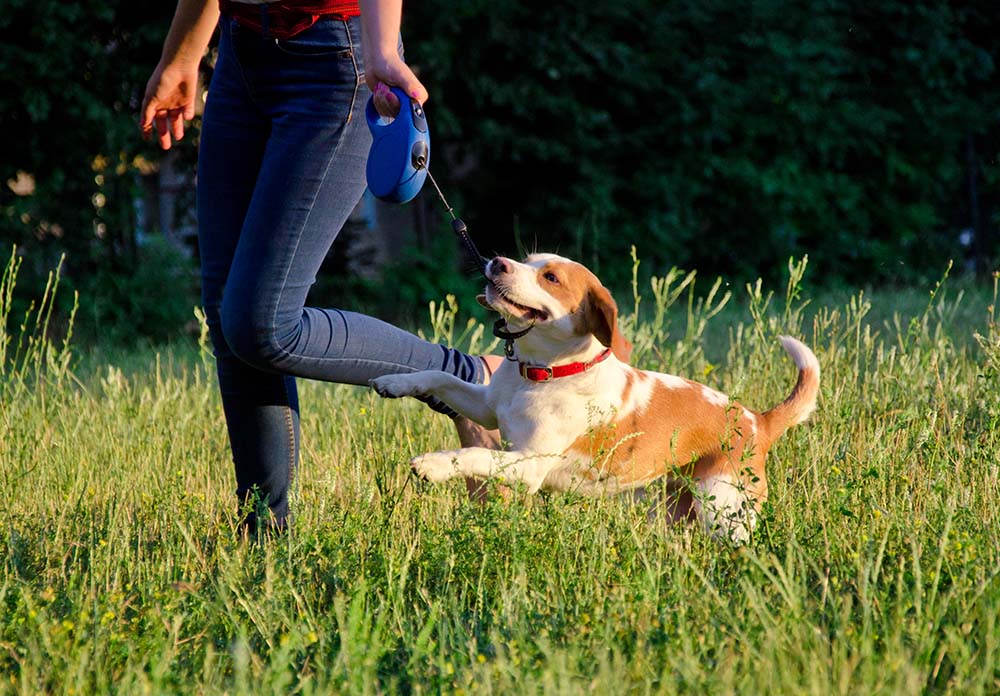
Risks of Retractable Leashes
There are quite a few risks attached to using retractable leashes, so here’s a brief rundown of each potential risk:
- Malfunctions: If the button on the handle or the mechanism malfunctions, you may lose control over your dog.
- Snapping: If enough force is exerted, the leash could snap. This leaves your dog vulnerable to dangerous situations like running into traffic or bolting and getting lost.
- Injuries to you: If your dog bolts suddenly, you could be pulled over. Also, the tension makes it impossible for you to retract the leash, so you may also get a rope burn-type injury from trying to retract it by hand.
- Injuries to your dog: Bolting can also endanger your dog because when they come to a sudden stop at the end of the leash, they could incur neck or throat injuries.
- Tangling: Longer leashes get tangled around things like trees, other dogs’ leashes, or even legs in some cases, which can be dangerous both to you and other people and dogs in the vicinity.
- Training issues: Retractable leashes can reinforce pulling because the dog gets more freedom the more they pull.
- Dropping: If your dog has a nervous disposition, accidentally dropping the hard handle on the ground could spook them and cause them to bolt.
- Dog fights: Not every dog likes being approached by other dogs. Even if your dog is friendly, if they trot over to a dog that doesn’t appreciate the attention, a fight could break out.
What Kinds of Dogs Do Best with Retractable Leashes?
The best candidates for retractable leashes are impeccably behaved dogs with excellent recall and a good track record of remaining calm in a variety of situations. This reduces the risk of bolting at the sight of something that startles the dog or something they perceive as prey that must be chased.

Top 8 Retractable Leash Safety Tips
If you’re thinking of using a retractable leash, here are some safety tips to keep in mind before you take your dog on any adventures.
1. Check the Leash Daily
Before you head out on a walk, check the leash is not damaged in any way, whether that be fraying of the leash itself or a mechanical issue. If you suspect that something is wrong with the leash, switch to another one. Get into the habit of checking the leash before every walk for peace of mind.
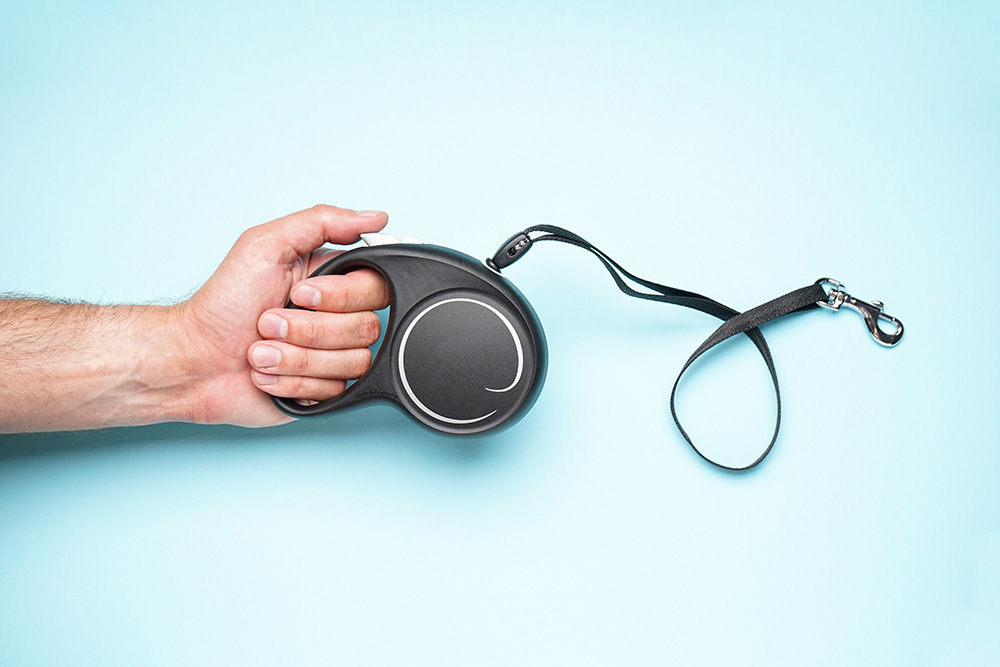
2. Get the Right Leash for Your Dog’s Needs
Check that the leash you’ve chosen matches your dog’s weight. Different leashes are made to suit different strengths, so getting the wrong type for your dog could lead to breakage and potentially dangerous situations.
3. Choose Quality Brands
When it comes to retractable leashes, it’s best to splash out a little on a product from a reputable brand that has undergone safety testing.
4. Be Aware of Your Surroundings
If you’re going to use a retractable leash, it’s imperative to be completely in tune with your surroundings because your dog is further away from you than they would be on a regular leash. Being vigilant for passersby, dogs you don’t know, traffic, and potential tangle zones as well as being proactive about retracting the leash in those “just in case” situations can make all the difference.
5. Be Considerate
Not everyone is a dog lover, and some people have dogs that don’t like being approached by other dogs. If you meet another dog that you don’t know, retract the leash, and ask the owner if your dog can approach.
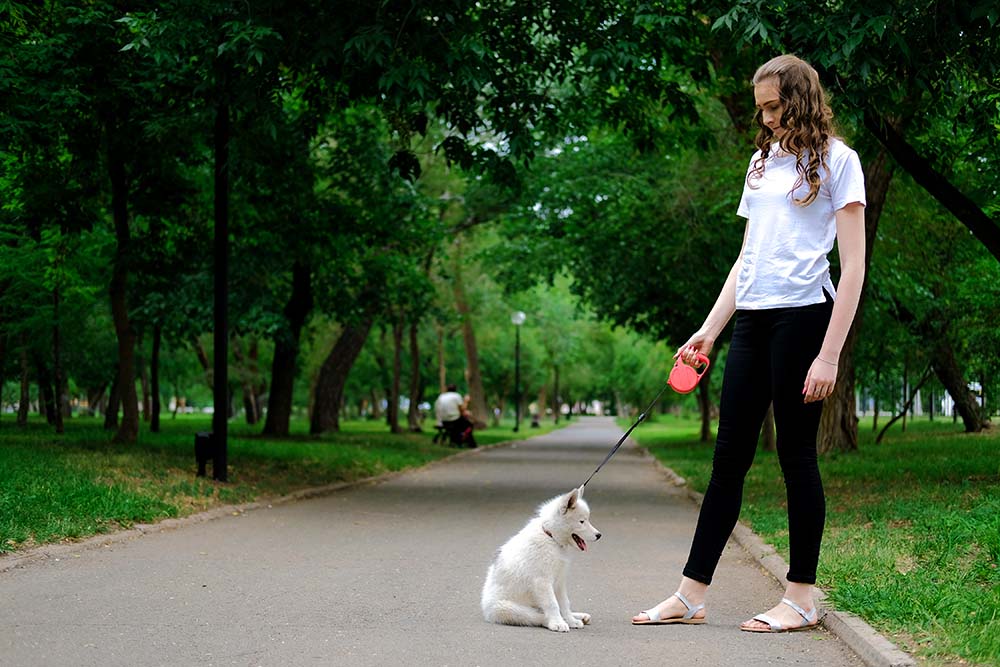
6. Attach to Harnesses Only, Not Collars
Attaching a retractable leash to a standard dog collar opens up the risk of your dog getting injured. Let’s say your dog suddenly bolts because they’re startled—the leash tightens and jerks the dog at the neck, possibly resulting in serious neck or throat injuries.
7. Avoid Using Retractable Leashes with Certain Kinds of Dogs
If your dog has a history of reactivity or has a high prey drive, retractable leads are not a good idea, especially if that dog is large and strong. Retractables should only be considered for calm, well-trained dogs with excellent leash manners.
8. Adults Only
Children should never be allowed to operate retractable leashes due to the potential safety hazards involved.
Frequently Asked Questions (FAQ)
Are Retractable Leashes a Good Idea?
This is a judgment call based on the personality of the individual dog. Aggressive or reactive dogs or dogs with the tendency to bolt without warning should never be kitted out with a retractable leash because the control level is too low for this to be safe. On the other hand, dogs with an unflappably calm, non-reactive disposition and impeccable leash behavior may be fine on a retractable.
Why Are Retractable Leashes Frowned Upon?
Many experts and dog lovers don’t approve of retractable leashes because of the risk of injury to both people and dogs, how it can encourage pulling, and the fact that a dog is less controllable than they are on a standard short leash.

Conclusion
Armed with all this information, we hope you now feel confident in determining whether or not a retractable leash would be a good idea for your dog. If you’re unsure, it may be best to err on the side of caution and go for a traditional leash instead because it’s always better to be safe rather than sorry.
Featured Image Credit: pasja1000, Pixabay




